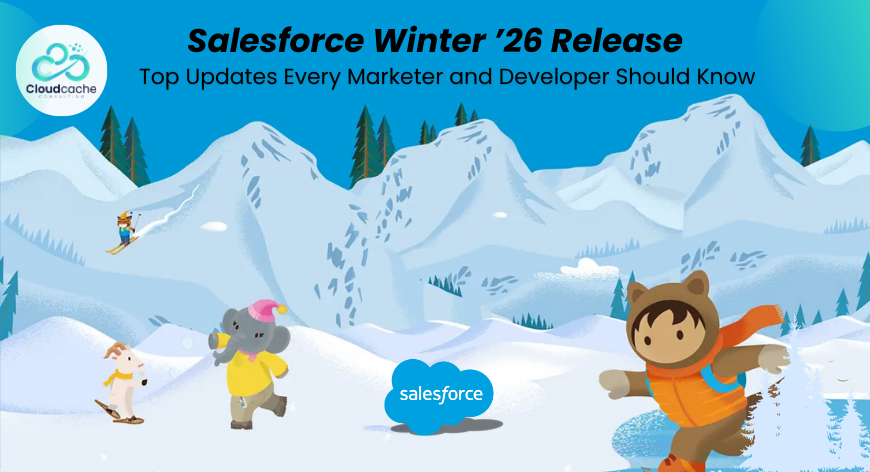
Salesforce Winter’26 Release Top Updates Every Marketer and Developer Should Know
Salesforce Winter ’26 has shipped new agent-driven tools, marketing features, and developer platform changes that will affect how teams build, run, and measure campaigns. This guide pulls the most practical items from the Winter ’26 notes and translates them into clear actions for both marketing and engineering teams. Read it with your sandbox open.
Why this matters now
Salesforce continues to fold marketing capabilities into a tighter, more automated stack while changing developer controls and security defaults. That combination affects speed, governance, and risk. Marketers get more power to personalize and automate. Developers get more control, and more responsibility to keep things secure and stable. Plan for both.
Salesforce Winter ’26 Release Updates
Marketing Cloud Next — the marketer’s highlights
Content Builder Agent
A faster, smarter content assistant lives in Agent Builder. It helps draft subject lines, SMS copy, and email bodies while following your brand voice. Set a role and guidance once, then let the agent produce consistent drafts that your team can review and fine-tune.
Action: Build a short brand voice guide in your workspace. Train the agent with it, and test in a sandbox before using in production sends
Deliverability Dashboard Filters
New filters let you view failure reasons by domain (Gmail, Hotmail, etc.) and by message type (promotional vs transactional). That makes troubleshooting much clearer.
Action: Use these filters after major sends and create a short playbook for domain-specific fixes.
Campaigns + Agentforce
Admins can customize flows that draft briefs and build multichannel campaigns. Then Agentforce gives insights of campaign
- opens
- clicks
- summarize performance and
- unsubscribes
Action: Model a campaign flow for a typical product launch. Add a Generate Campaign Insights step so campaign owners see quick summaries.
Landing Page Improvements
Smart forms have default values, Hidden fields, and URL parameters. Form handlers allow you to do mapping without code between external web forms and Salesforce objects. Merge fields and new templates give marketers more control.
Action: Integrations of Brittle form to be replaced with form handlers.
Push Notifications (Basic + Carousel)
Interactive pushes now include tap actions, buttons, and carousel cards up to six swipeable items. Use the Unified Marketing Cloud SDK to measure sends, deliveries, views, and interactions.
Action: Measure engagement against single-card pushes.
WhatsApp Enhancements
New click and open rate metrics on Insights, plus interactive messages (carousels, location sharing, CTAs). You can integrate product catalogs for live pricing.
Action: Enable WhatsApp metrics and test a small catalog-driven message to validate conversion and tracking.
Advanced Insights Dashboard
New visualizations surface top-performing segments and channel trends. Use metrics formulas to create custom KPIs.
Action: Build a dashboard that shows segment-level trends for channels you prioritize.
Sandboxes for Marketing Cloud Next
Always test agent prompts, campaign flows, and templates in sandbox before production.
Marketing Cloud Engagement+ and Account Engagement Updates
Some Marketing Cloud Next features roll into Engagement+ and Account Engagement (formerly Pardot). Expect Agentforce actions and better reporting across products. Check release timing and enablement notes in your org.
Developer and platform changes that matter
Trusted Mode for LWC
Trusted Mode gives Lightning Web Components unrestricted access to browser APIs and the DOM. That means better performance and compatibility with global JS libraries. It also changes the security tradeoff: you must explicitly enable Trusted Mode and name static resources that can run in it.
Action: Vet third-party libraries for security. Use Trusted Mode selectively and document which static resources run under it.
Single-component LWC Local Development
The local dev server now supports more features for single-component testing, including access to Lightning Data Service adapters and Apex controllers. That speeds iterative UI work.
Action: Use single-component mode to prototype heavy UI components fast. Push tested code to the org and run full integration tests.
ApexDoc Integration and Unified Testing Results
ApexDoc moves closer to first-class status. Documentation comments in Apex will be easier to standardize and generate. Flow tests have an API surface and can be managed more easily by tooling.
Flow Tests from the CLI
Flow tests are async by default but can run synchronously. A --code-coverage flag exists (currently for Apex), suggesting coverage for flows may follow.
Action: Add flow tests to your CI pipeline. Track their pass/fail state alongside Apex tests.
Simplified Project Package References
A new calculate Transitive Dependencies parameter reduces the need to enumerate deep dependency trees in package JSON. This simplifies package-based development.
Action: Update package references where appropriate and run installs in a sandbox to confirm behavior.
Goodbye to Instance URLs
Winter ’26 starts to enforce MyDomain usage for API traffic. Hard-coded instance URLs like na1.salesforce.com will break.
Action: Update integrations to use MyDomain or org-specific domain endpoints. Audit middleware and third-party tools.
Roles and Subordinates in Apex Managed Sharing
Sharing groups of type ‘Roles and Subordinates’ will change in orgs without Digital Experiences to exclude Experience Cloud users. This affects access assumptions.
Action: Test access paths, especially where Experience Cloud users are involved.
Practical checklist — what to do first
- Test everything in a sandbox. Use Marketing Cloud Next sandboxes before promoting changes.
- Coordinate marketing and engineering. Agents and dynamic templates change the integration surface. Align on governance.
- Update CI/CD. flow tests added to the pipeline and delivering unified test outcomes.
- Audit third-party libraries. Only enable Trusted Mode for vetted resources.
- Migrate integrations. Replace instance URLs with MyDomain endpoints.
- Standardize reusable content. content blocks and templates for content placements.
- Monitor deliverability and WhatsApp metrics. Adjust sends based on domain-level insights.
Final words
Winter ’26 blends marketing automation with platform maturity. Marketers gain tools to move faster and personalize more precisely. Developers gain better local tools and clearer testing paths, but also new security and governance duties. Treat this release as a joint project: marketers design the campaigns, developers secure and scale them.
If you'd like help mapping these changes to your org or building safe agent prompts and CI pipelines, CloudCache Consulting can help run the assessments and guide the rollout. Visit our Upwork profile for our client’s reviews.
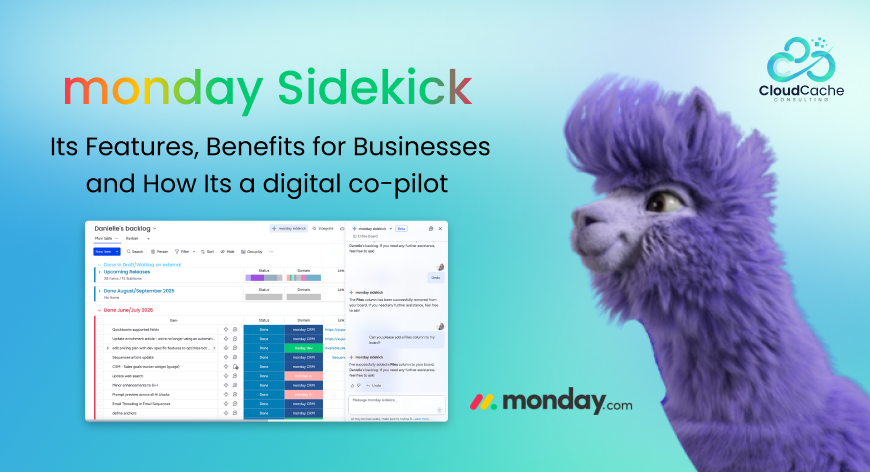
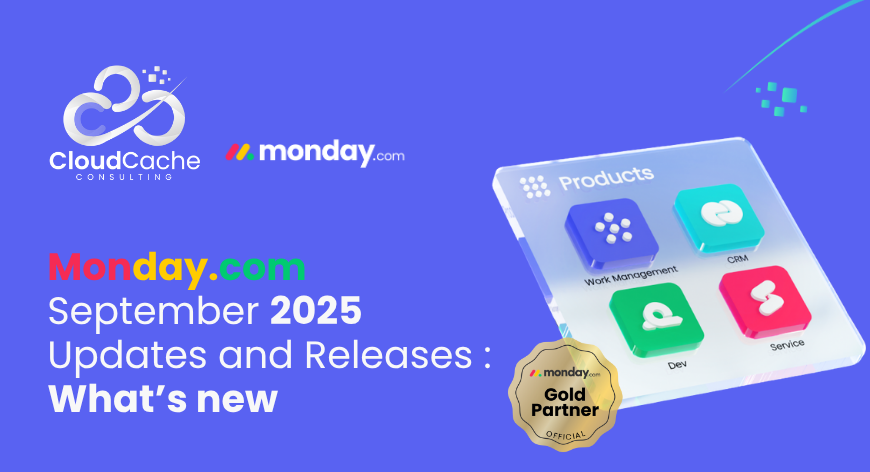
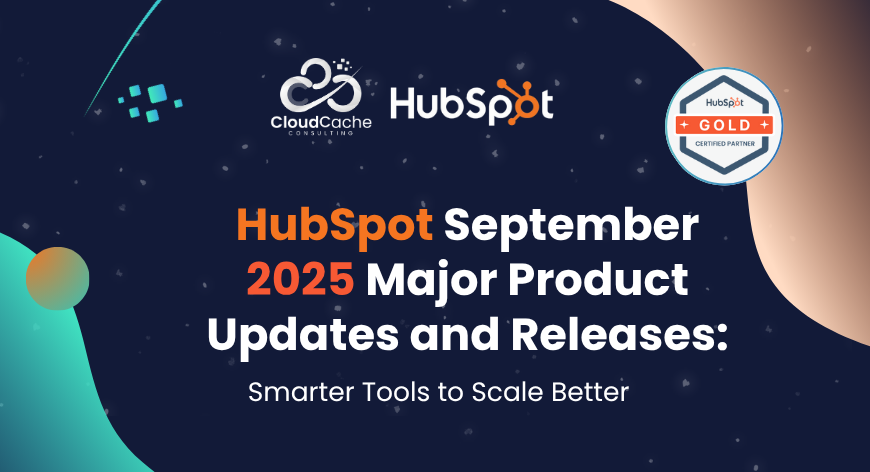
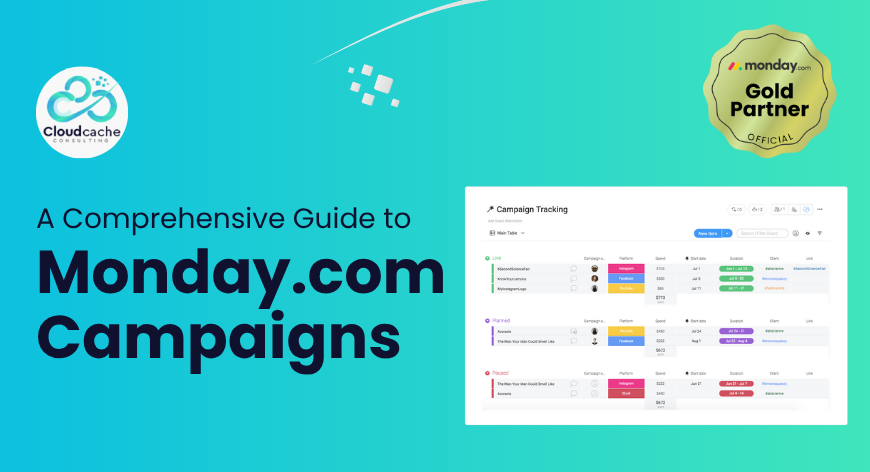
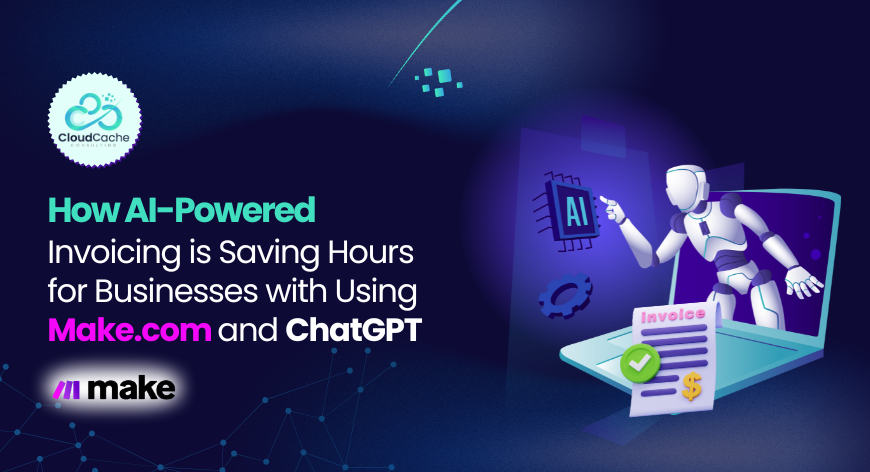
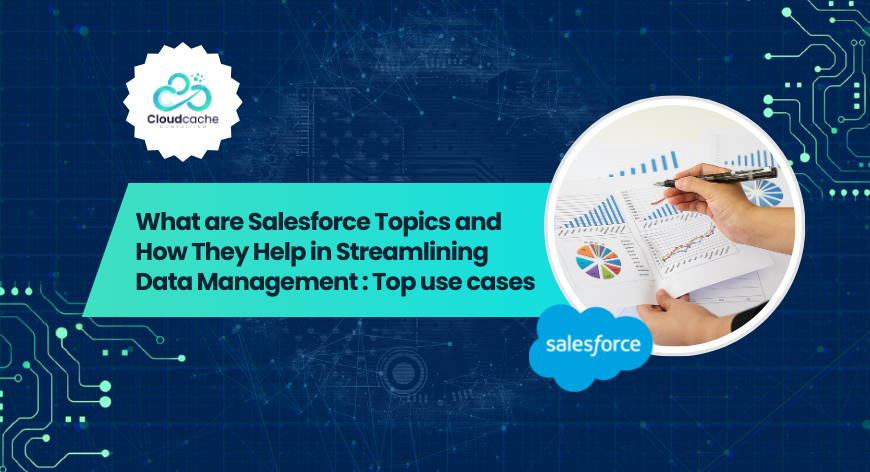
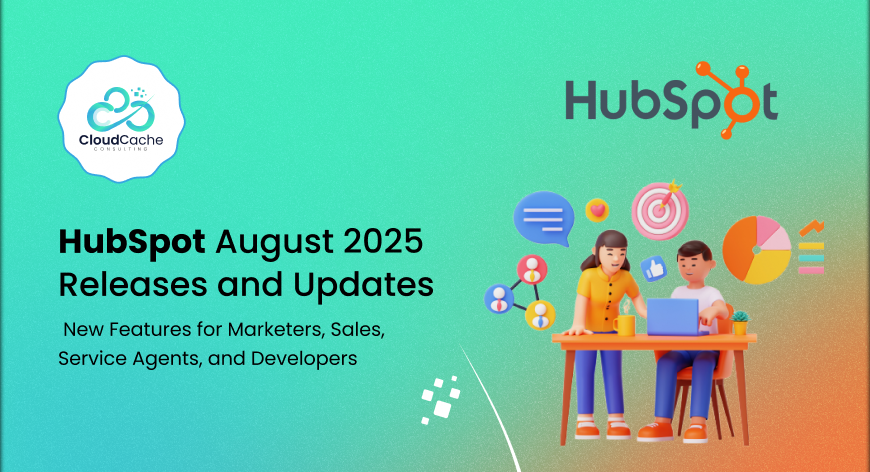
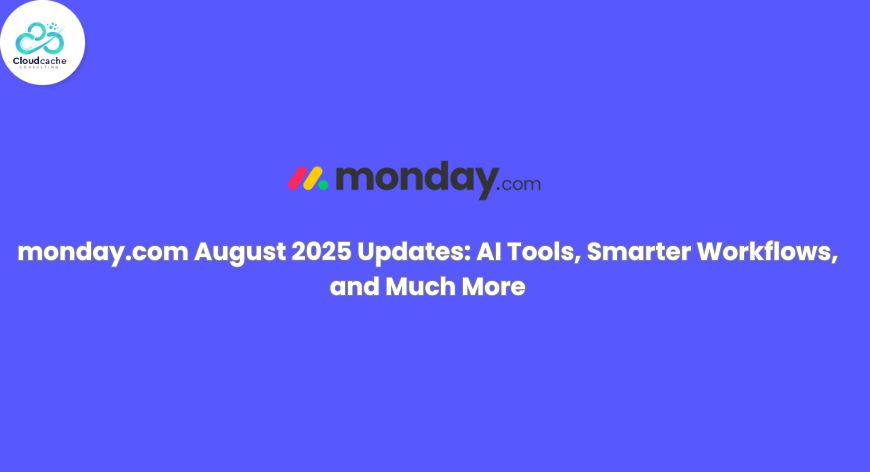
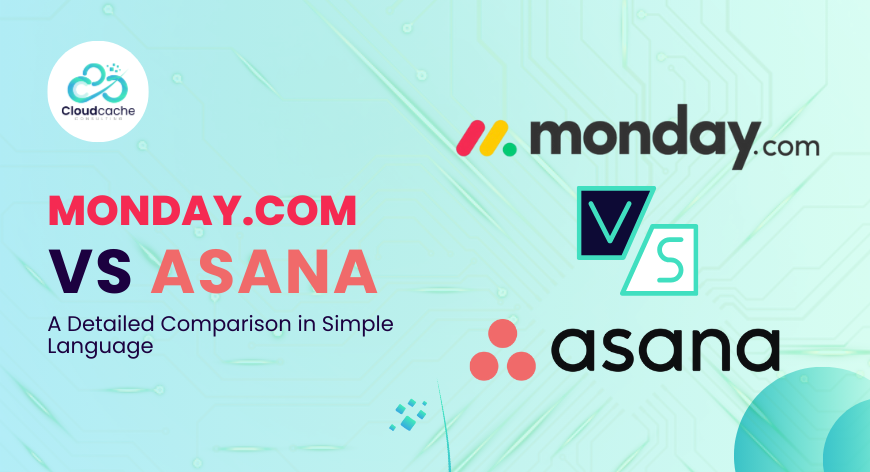
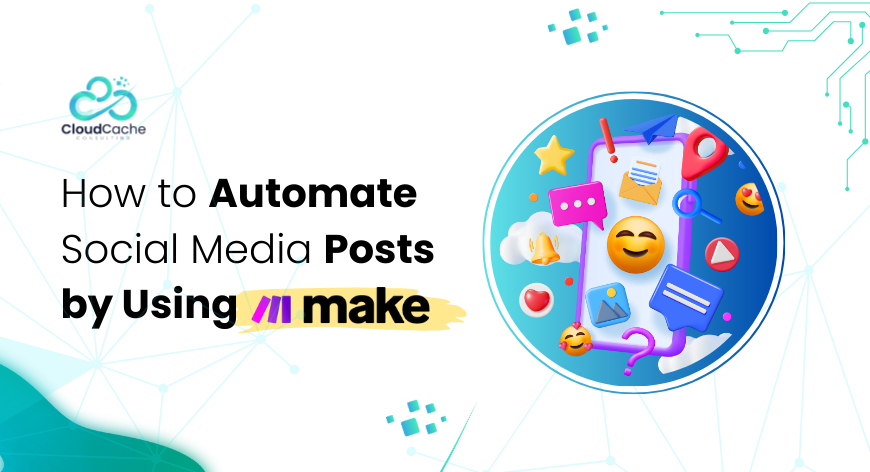

Leave a Reply
Your email address will not be published.